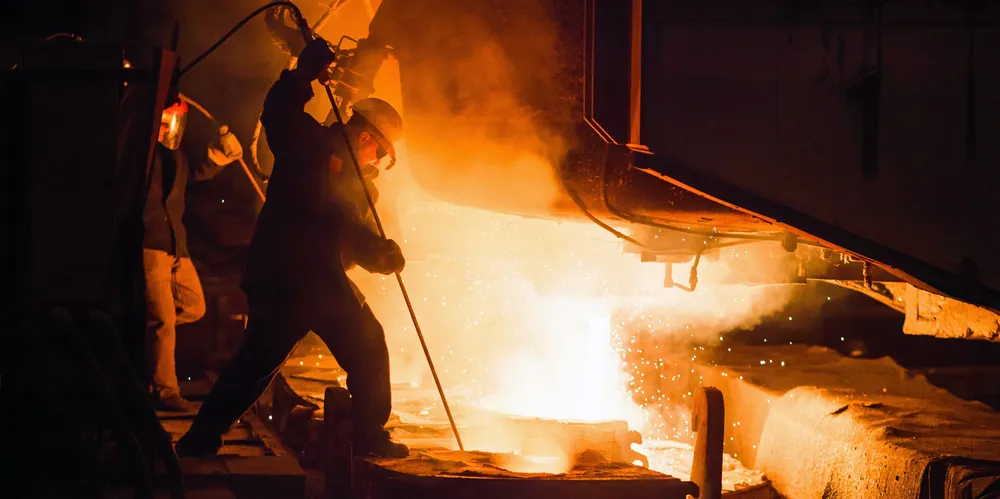Making enough green hydrogen for 12 EU steel plants 'would need 85GW of new wind power'
That's the equivalent of 56 copies of the world's largest operating offshore wind farm

That's the equivalent of 56 copies of the world's largest operating offshore wind farm
